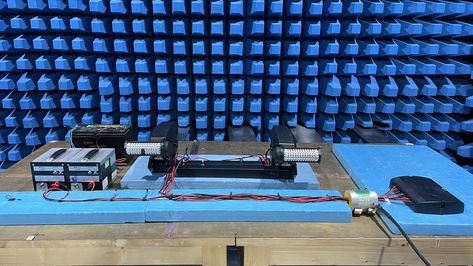Data-exchange and networked communication will get more important
The electronic components installed in to-days motor cars are enormously powerful, and their possibilities have not yet been exhausted. The common systems used today– besides those for the reduction of fuel consumption and emissions – are especially designed to improve the vehicle dynamics, to individualise the vehicle and to improve the traffic safety with advanced driver assistance systems. In future, the driver will be able to choose different configurations and he will be able to adapt them anew for each journey according to his personal preference and to the environmental conditions.
Up to now, the vehicle assistance systems monitor and control each vehicle for itself. This will change in the future. In future, vehicles will pass on information to other cars (car-to-car) and to traffic control centres. (Car-to-x) to communicate dangers and traffic hold ups in real time.
Required are complex electronic and electric systems with widely distributed functions and the development of reliable and powerful communication technology. In today’s cars, up to 80 control units communicate via up to 6 different network technologies. Important factors are: Band width, signal-running-time, availability, protection against interference, reliability, information safety, topology, and scalability and cost reduction. We tests these new technologies for their application to vehicles.

